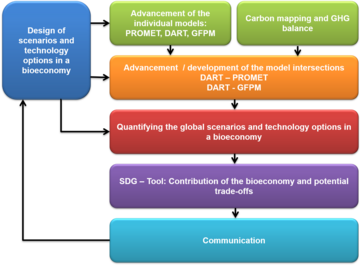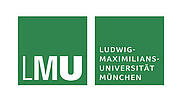Project
BioSDG- The „Sustainable Development Goals”: What does the Bioeconomy contribute?
Start of Project: 01.04.2020 — End of Project: 31.10.2023

In the last couple of years governments of several countries have developed bioeconomy strategies, defining their perceptions considering a transformation to an economy based on renewable resources. The latest bioeconomy strategy of the German government, published in January 2020, accounts for the country’s international responsibility to contribute to sufficient world food production as well as to protect the climate, natural resources and environment. Simultaneously the strategy also aims to establish a supportive environment for dynamic research and innovation in the field of bio-based products, energies, processes and services.
This research follows-up from the “BioNex”-Project which concentrated on the identification and evaluation of bioeconomy activities that might have impacts on regional and global agricultural markets. Successively, the BioSDG project evaluates how transformation towards a bioeconomy can contribute to the achievement of the UN Sustainable Development Goals (SDGs) and analyses potential trade-offs between individual SDG targets. These trade-offs arise as the implementation of the bioeconomy is accompanied by an increased demand for the limited resource land.
The main focus of this project lies on the production of bioenergy with carbon capture and storage (BECCS). 85 percent of the scenarios evaluated by the Intergovernmental Panel on Climate Change (IPCC) assume the application of such negative emission technologies to comply with the two degree target. However, the application of BECCS results in a higher demand for biomass, because it requires crop- and wood-based biomass for bioenergy production. Besides feedback effects on food prices, the expansion of agricultural land into natural areas, or the conversion of forests, bear further trade-offs considering SDG targets.
To evaluate those trade-offs, this research approach combines economic and biophysical models, and evaluates various scenarios describing different possible future developments. The models to be combined are the computable general equilibrium (CGE) model DART (IfW), the plant growth model PROMET (LMU), and the global forest products model GFPM (Thünen Institute). With coupling of these three models it is possible to consider global and sectoral interdependencies through markets, as well as local feedback and adjustment effects in land and forest-based production and land-use. Further, resulting effects on food security, biodiversity and climate can also be analysed.


